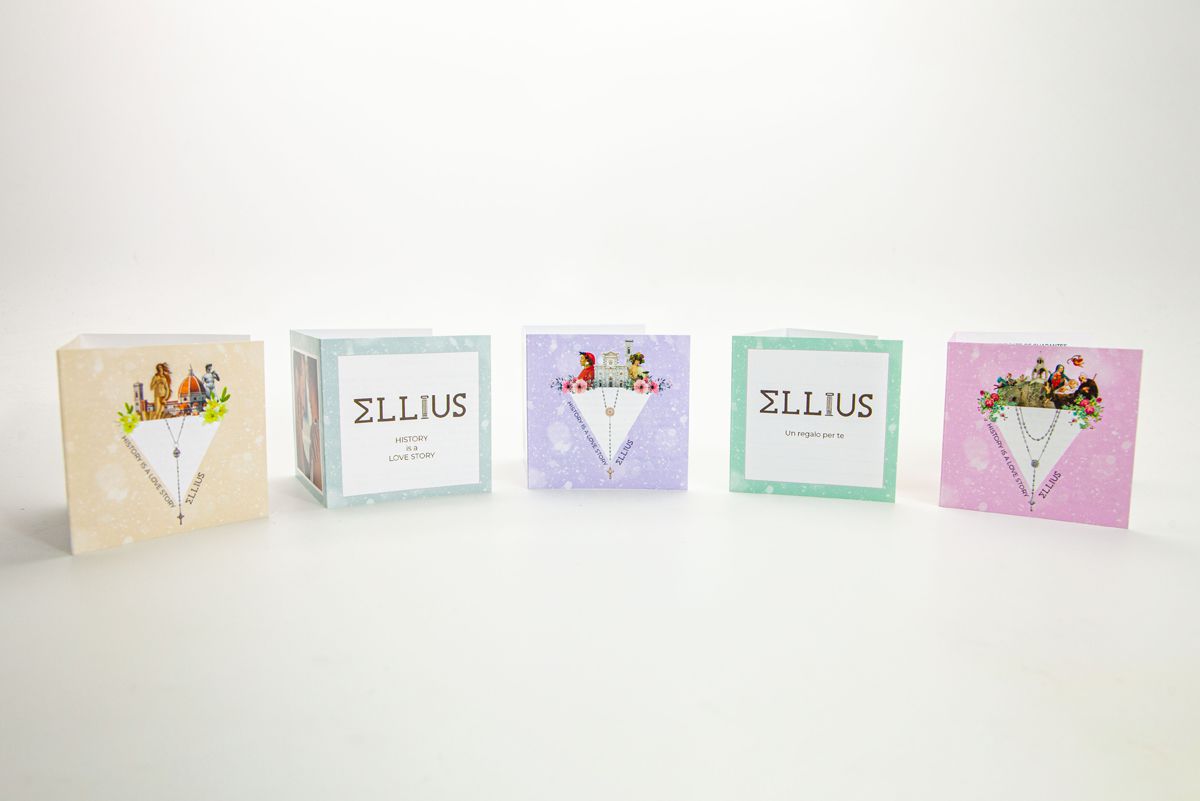Their beauty enchants us and their sparkle fascinates us, but when we buy rings, necklaces and bracelets we should also pay attention to the jewellery’s warranty certificate. As well as being accessories that allow us to tell our personality, complete our looks and give lovely gifts to those we love, they are also precious products whose authenticity and craftsmanship must be certified. Let’s see how.
Warranty certificate, what does the law say?
Every piece of jewellery offered for sale on Italian territory must carry a certificate of guarantee and authenticity, stamped and signed by the seller. This coupon, which buyers often pay no attention to, is a real legal document and must be filled out according to precise rules.
The guarantee certificate for jewellery is called ‘direct’ if it is filled out by the company that manufactured the piece (as in the case of Ellius handmade jewellery) and ‘indirect’ if it is filled out by a third-party retailer. In any case, it should contain a range of information on the invoice of the jewellery item, the materials used and their value.
It is important that the person filling in the jewellery tags is a competent person who is also experienced in recognising metals, precious stones and their cuts. The following should be indicated on the label: the metal used and its alloy percentage; the possible presence of precious stones or gems; the physical characteristics of the latter.
An example of jewellery labels
A particular case in which we should pay attention to the guarantee certificate is the purchase of jewellery of a certain value. Take for example a diamond ring, perhaps purchased for a special occasion or to make the fateful marriage proposal.
Here, in this situation, it is important that the buyer knows how to read jewellery labels so as not to run into a scam or a shady deal. Lying the example of the gemstone ring, the seller should specify in the certificate
the type of metal used and its carats;
the percentage of the metal alloy (e.g. 75% white gold);
the type of stone set: it is not enough to write ‘brilliant’, but it should be specified whether it is a diamond, a Swarovski or a zircon, because they have very different values;
carat, colour and clarity of the stone;
in some cases also the type of cut, symmetry and polish of the diamond.
All this information on the guarantee certificate is useful to the buyer to be reassured about the value of the jewel, but also to open possible disputes.
What is the jewellery warranty certificate for?
Having and keeping jewellery labels can be useful in several cases. Think of the unfortunate occasion when a stone should chip or dull. Having the jewellery warranty certificate with you in that case serves to find out how much damage was sustained and, if necessary, to have the item replaced with one of the same value and type.
The guarantee certificate for jewellery is also useful in the case of receiving an inheritance: rings, bracelets, necklaces and earrings of a loved one who is no longer with us have an inestimable sentimental value, but knowing their real value is of great help in disputes and disputes.
Finally, a jewellery warranty certificate serves as proof when a seller or dealer has been less than honest. An evaluation by an expert will make it possible to detect any anomalies between what is written on the jewellery labels and its real composition.
How to recognise a real and well-filled certificate
Unfortunately, not everyone who buys jewellery, especially online, checks the jewellery labels or knows what they mean. That is why it is useful to learn how to recognise a reliable guarantee certificate and only buy from honest companies and sellers.
The jewellery guarantee certificate should always be present and indicate all the different components of the object in their material, purity and value. The craftsmanship of elaborate jewellery, such as the Ellius rings from the Cupole collection, should also be specifically specified on the certificate.
When we buy a piece of jewellery to embellish our look or choose a sparkling gift for a loved one, let us make sure that its beauty is matched by a legally valid certificate of guarantee.
Buying jewellery without a guarantee
The jewellery we wear embellishes our figure, tells who we are and often hides stories and secrets known only to us and those who made it. Their emotional and aesthetic value is not measurable, but the work of those who made them is.
Valuing the quality of those who create handcrafted jewellery and use fine materials, complex workmanship and original designs also means always requesting a certificate of guarantee. This certifies the value not only of the object to be worn, but also of the skilful hands that designed, made and made it special.

